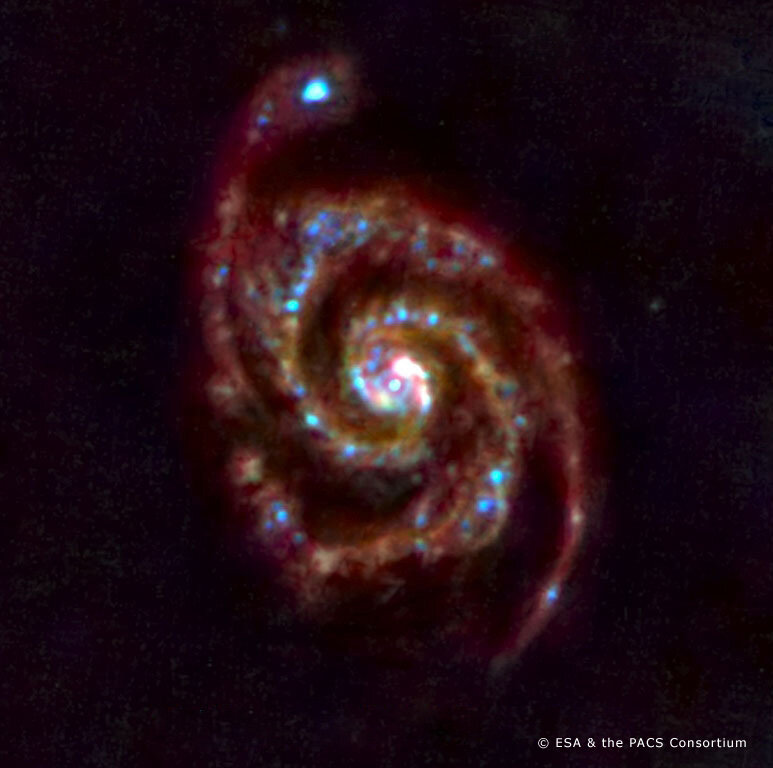The journey to orbit
Launch and Early Orbit Phase
After launch, a mission may have a long journey ahead depending on its destination. But this time is not put to waste. The period immediately after launch, when the spacecraft separates from the launch vehicle and is positioned in the appropriate intermediate orbit, is a critical part of the mission operations known as Launch and Early Orbit Phase, or LEOP.
While the spacecraft is still close to Earth the spacecraft operations team activate, test, calibrate and monitor the satellite’s subsystems, such as the propulsion, communications, thermal control and data handling systems. This period may also include the deployment of antennas and solar arrays. The orbit and attitude of the spacecraft may also be adjusted using thrusters to make sure the spacecraft is on the correct trajectory.
Commissioning phase
Once the spacecraft is in its ‘transfer’ trajectory, en route towards the orbit from which it will operate, the science instrument ‘commissioning phase’ begins. For satellites that take images, this may result in a ‘first light’ image being sent back to Earth to demonstrate that the telescope and cameras are working properly.
Other instruments also undergo a ‘performance verification’ phase. Each instrument has a block of time dedicated to it, during which time the instruments are verified and calibrated.

Science begins
Once arrived in its orbital position, fine adjustment manoeuvres are carried out by the Mission Control Centre located at ESOC to deliver the spacecraft to its final position. At this stage the final commissioning activities take place, followed by the In-Orbit Commissioning Review, to mark the transition to the nominal Scientific Operations phase. Responsibility is handed over from the project team located at ESTEC to the science operations team located at ESAC.
European control centres
For ESA space science missions, two European centres take control of different aspects of the spacecraft operations.
ESOC, the European Space Operations Centre in Darmstadt, Germany, ensures the commanding, monitoring and control of ESA spacecraft during launch and when they are in orbit. Its control rooms, linked to ground stations all over the world, track and control satellites, receiving telemetry signals and issuing commands for spacecraft maneuvering and instrument operations, and carry out routine ‘housekeeping’ monitoring of the spacecraft’s ‘health’.
ESAC, the European Space Astronomy Centre at Villanueva de la Cañada, near Madrid in Spain, provides the scientific operations for ESA's astronomy and planetary missions. ESAC also hosts the scientific archives of missions past and present, which can be accessed by scientists all over the world.


